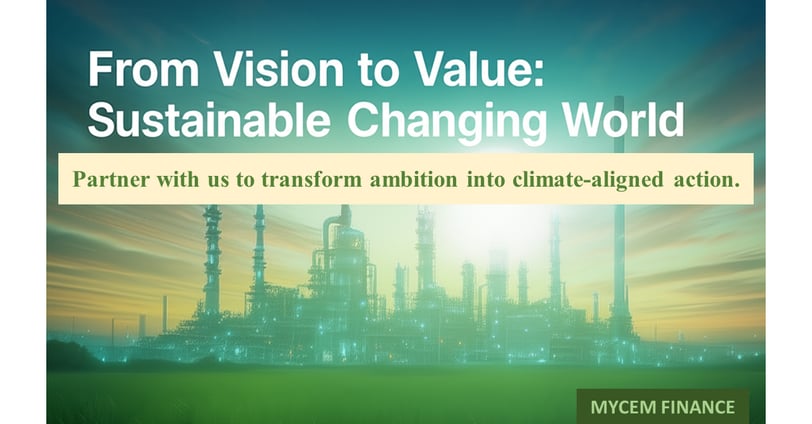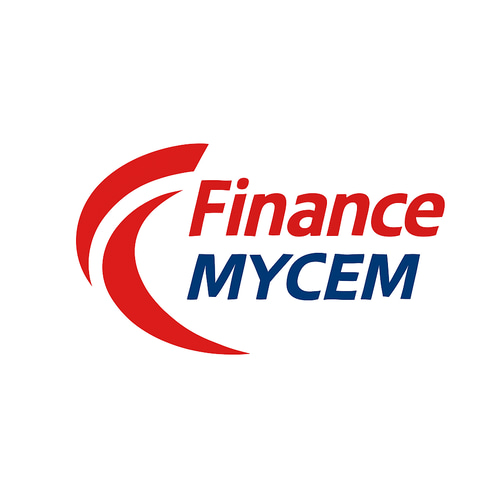Stage 1 - Concept - Feasibility - FEED - Pre Design
Finance Mycem
Cem Atılgan
6/21/20253 min read


Laying the Foundation: From Concept to Design in Refinery Projects
A refinery project is far more than just a colossal structure; it's the culmination of meticulous planning, detailed analysis, and strategic vision. The bedrock of a successful venture lies in the precision of its initial steps. These crucial early phases — Concept, Feasibility, Front-End Engineering Design (FEED), and Pre-Design — set the stage for transforming an ambitious idea into a tangible reality.
The Genesis: Concept Stage – Where the Vision Sparkles
Every grand project begins with an idea, and for a refinery, this is the Concept stage. Here, the fundamental purpose of the refinery is defined: its capacity, the type of crude oil it will process, and the primary products it aims to yield. This phase involves evaluating macro factors like market demand, regional energy needs, and potential geographical locations.
Market Analysis: We scrutinize current and projected demand for the refined products, be it gasoline, diesel, jet fuel, or petrochemical feedstocks.
Feedstock Sourcing: The type, quality, and supply chain strategies for the crude oil that will feed the refinery are broadly outlined.
Technological Pathways: A high-level assessment of different refinery configurations and processing technologies is conducted.
Preliminary Estimates: Very early-stage forecasts are made regarding the project's overall scope, initial cost estimates, and potential revenue streams.
This stage answers the "what" and "why" of the project, establishing its strategic framework.
Grounding the Vision: The Feasibility Study – Proving the Possible
Once the concept's contours are drawn, the Feasibility Study delves deep, examining how viable the project truly is from technical, economic, environmental, and legal perspectives. This comprehensive phase provides investors and financiers with concrete data on the project's risks and potential returns.
Technical Feasibility: We analyze the suitability of selected technologies, process flow diagrams, equipment requirements, and operational efficiency. The compatibility of existing infrastructure and the chosen location with project needs are also evaluated.
Economic Feasibility: Detailed cost estimates (both CAPEX and OPEX) are developed, alongside revenue projections, cash flow analyses, and key financial indicators such as Internal Rate of Return (IRR) and Payback Period. Potential funding models and sources are thoroughly investigated.
Environmental and Social Impact Assessment (Preliminary ESIA): The project's potential effects on the environment and local communities are identified. The necessary permits, licenses, and compliance with environmental standards are analyzed.
Legal and Regulatory Feasibility: All legal permissions, licenses, and national/international regulations required for refinery construction and operation are meticulously reviewed.
Risk Analysis: Project-specific risks (e.g., market risk, technology risk, environmental risk, financing risk) are identified, and mitigation strategies are developed.
The Feasibility Study delivers a robust answer to the question, "Can we do this?" serving as a critical reference point for advancing to the next stage.
Engineering the Details: Front-End Engineering Design (FEED) – Blueprint for Execution
Following feasibility approval, the FEED stage becomes pivotal. Here, the fundamental engineering details of the project are refined, and the final project scope is precisely defined. This stage provides the essential information that will underpin Engineering, Procurement, and Construction (EPC) contracts, significantly enhancing the accuracy of cost estimates.
Process Flow Diagrams (PFDs) and Piping & Instrumentation Diagrams (P&IDs): Detailed process flows and equipment connections for all refinery units are precisely mapped out in technical drawings.
Equipment Specifications: In-depth technical specifications and capacities are determined for major equipment such as furnaces, columns, pumps, and compressors.
Layout and Site Plans: The overall site layout, unit placement, and piping routes are optimized.
Utilities and Infrastructure: Detailed requirements for essential utilities like electricity, water, steam, and nitrogen, along with infrastructure such as pipelines and tank farms, are established.
Control and Safety Systems: The basic design for critical control and safety systems, including Distributed Control Systems (DCS), Emergency Shutdown Systems (ESD), and fire suppression systems, is prepared.
Refined Cost Estimates: By the conclusion of the FEED study, cost estimates for the project achieve an accuracy of typically ±10% to 15%.
FEED answers the "how will we do it?" question by laying the engineering groundwork and providing the technical specifics necessary for obtaining EPC bids.
Shaping the Physical Form: Pre-Design – Consolidating the Structure
The Pre-Design stage can run concurrently with or follow FEED, encompassing the overall architectural, structural, and infrastructural planning of the project. This phase creates the foundation for detailed design and construction in later stages.
Site Preparation Plans: Activities like geotechnical surveys, excavation, backfilling, and drainage systems are planned.
Structural Design Concepts: Basic design principles are established for unit buildings, control rooms, jetties, and other structural elements.
Infrastructure Details: External infrastructure connections such as road networks, railway links, marine terminals, electrical transmission lines, and water supply/discharge systems are detailed.
Safety and Environmental Integration: Ensures that environmental protection and safety standards are integrated into all aspects of the design.
Pre-Design is where the macro-level physical structure and environmental integration of the project are meticulously planned.
These four stages represent a critical beginning in the lifecycle of any refinery project. Each builds upon the last, ensuring that the ultimate investment decision is based on solid, data-driven insights. This rigorous planning process is the key to transforming these multi-billion-dollar ventures from mere aspirations into tangible realities.
